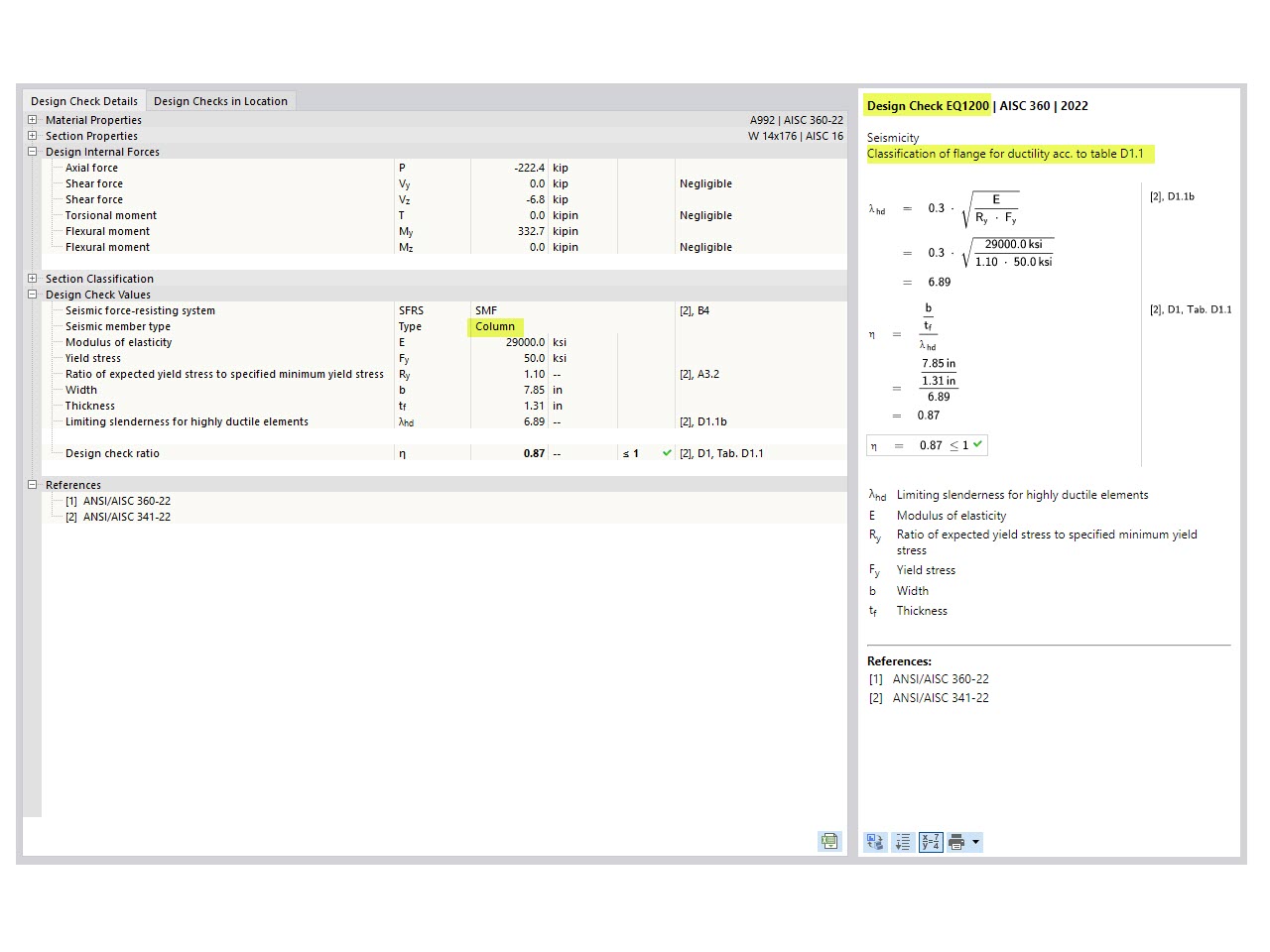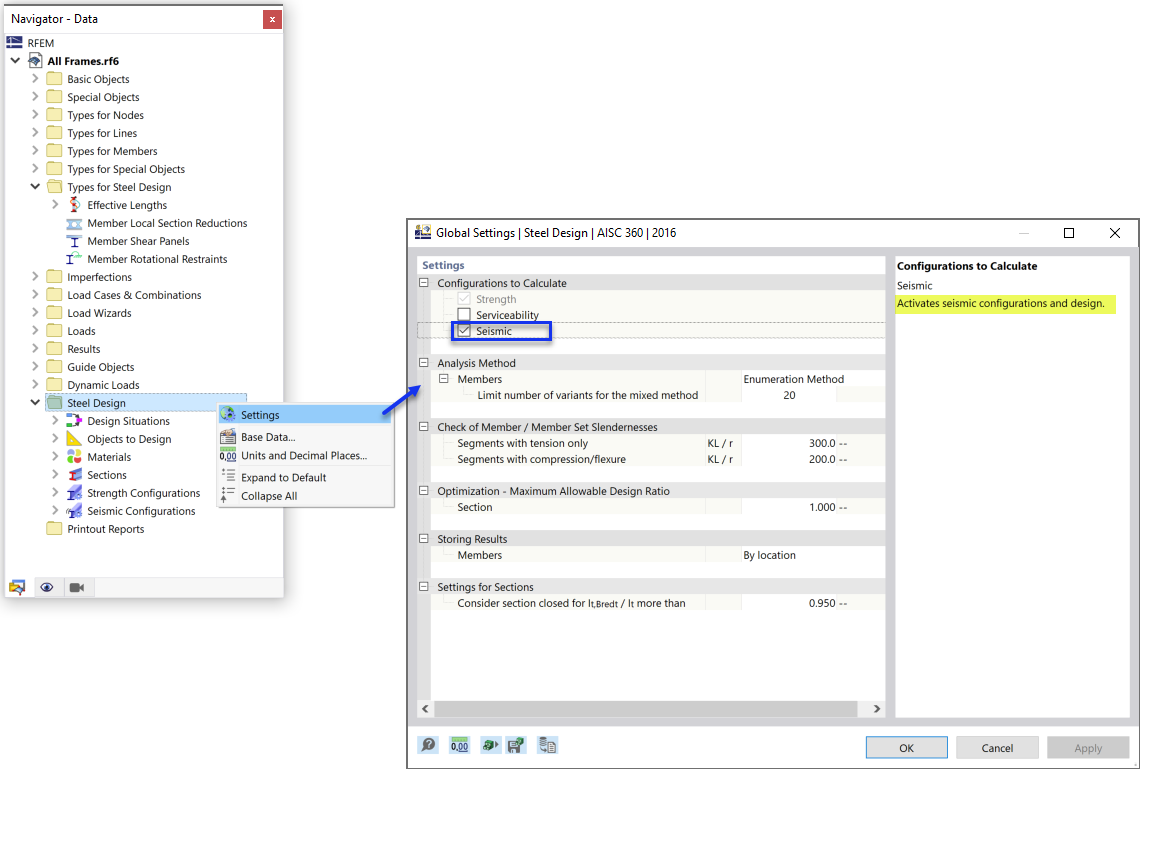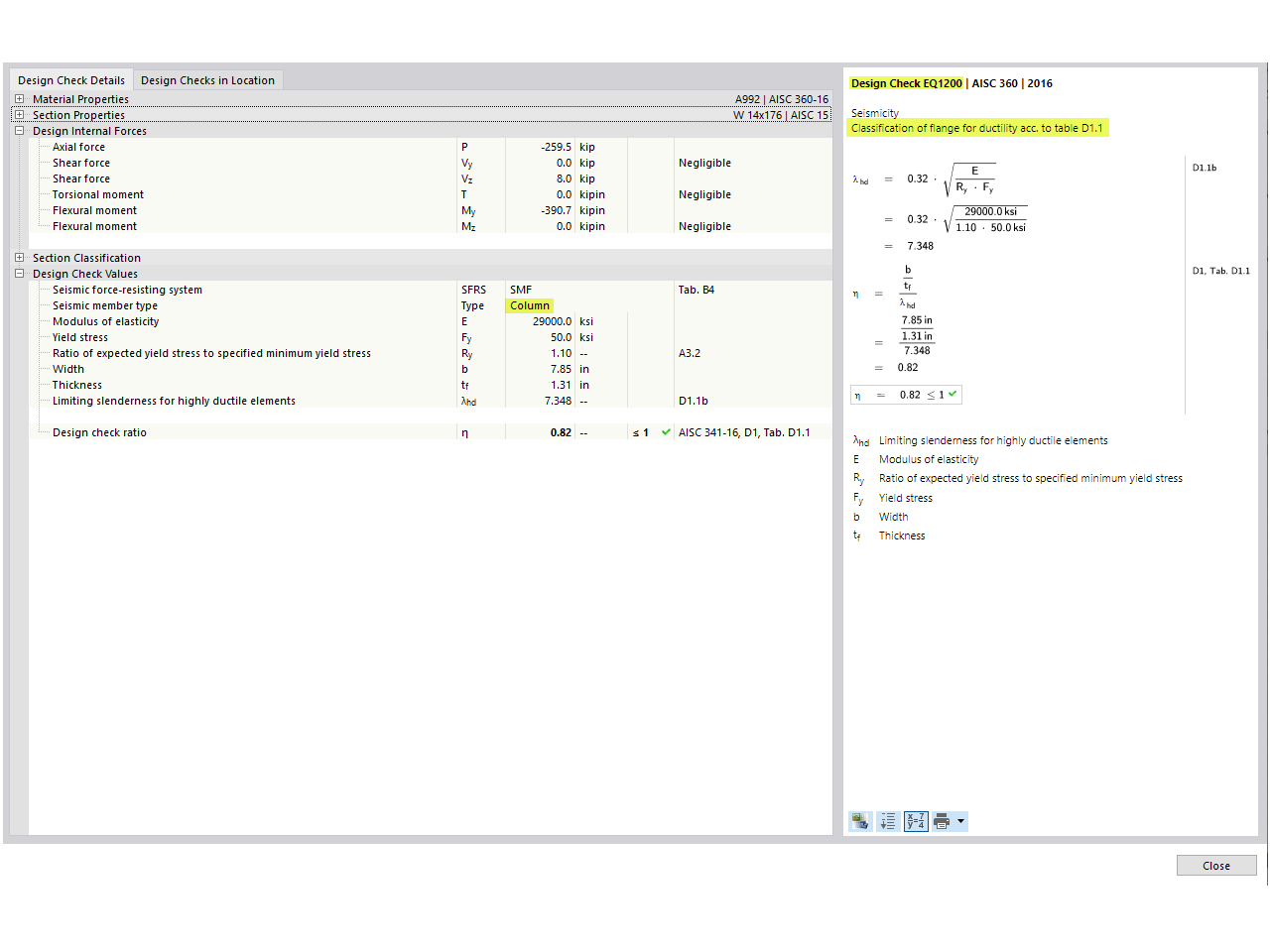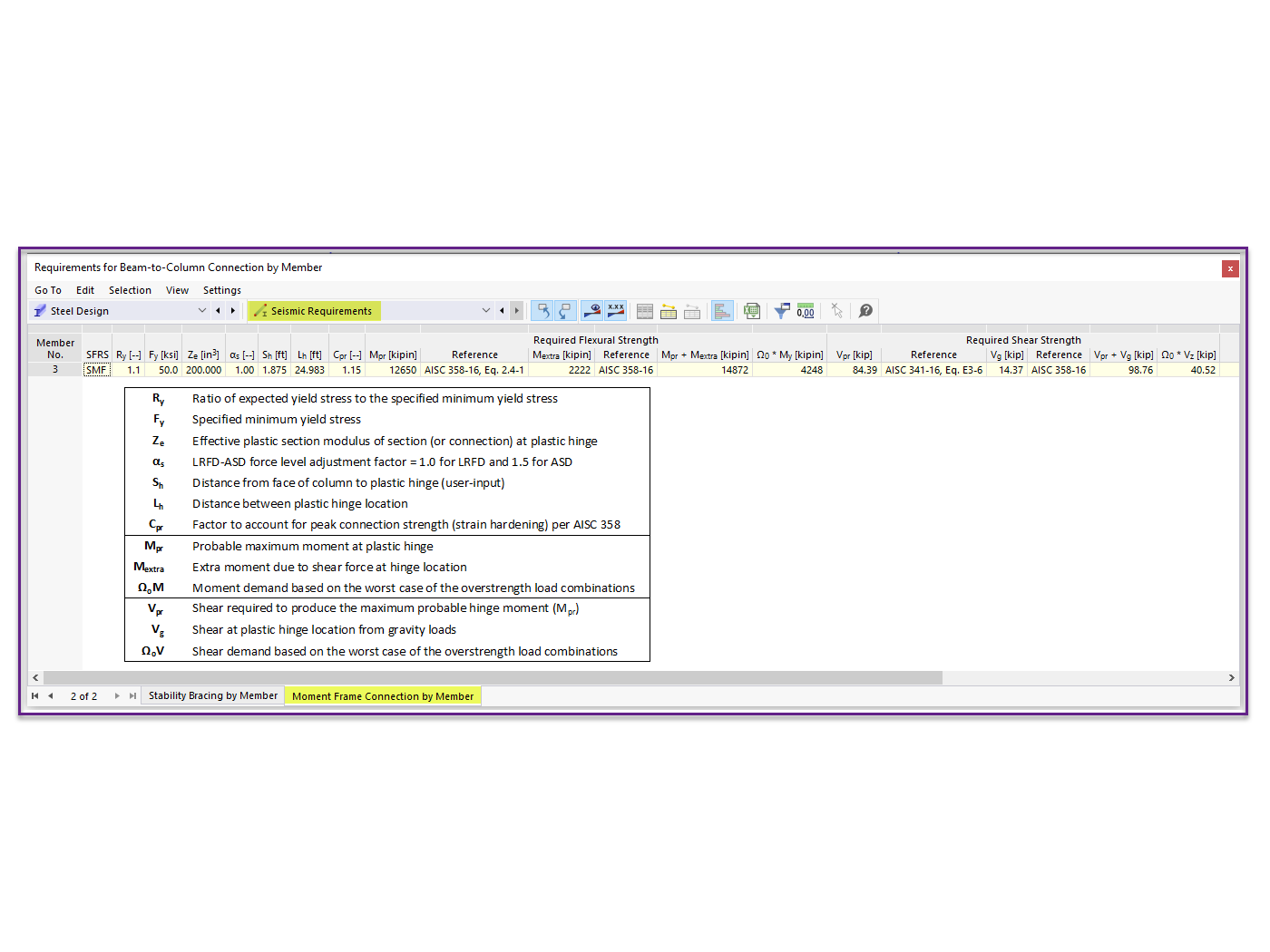Question 1
The computational mesh of simplified model in RWIND sometimes differs slightly from the given model. We can observe, for example, the rounding of sharp edges or a small offset from the model wall. Why is that so?
Answer
The so-called „Simplified model“ is actually a special surface mesh wrapping the original model. This mesh removes possible topological problems in model definition and allows the computation of flow around virtually any STL/IFC model defined by a set of triangles without topological connectivity (sometimes also called "triangle soup"). The simplified model is a key feature of RWIND, without which it would not be possible to calculate the flow around most RFEM models. RFEM transfers the model to RWIND using triangles intended only for the graphical display of the model (see, for example, the blue triangles of members in the image 1). These triangles do not define topologically correct boundaries of the model, which are needed for any CFD simulation.
Question 2
Is it necessary to use the simplified model in RWIND? I have a well-defined model and I want to have a computational mesh that exactly corresponds to this model.
Answer
No, it is not necessary. If the model is defined correctly, then there is no need to use the simplified model and you can turn off the "Simplify model" option in the „Edit Model“ dialog. The computational mesh then corresponds to the exact boundaries of the original model, including sharp edges. The use of the simplified model is turned on in RWIND by default for two reasons:
- Most RFEM models do not have a correctly defined boundary mesh
- Simplified model guarantees a trouble-free generation of the computational mesh and subsequent calculation of results.
If you are working on an "exact" model without simplification, it is recommended to use the "Snap to model edges if it's possible" setting, this guarantees an fine mesh on the edges of the model.
You can see the difference between the original model with and without edge snapping in the image below.
Question 3
How does the use of the simplified model affect the accuracy of the results?
Answer
This depends on what the primary goal of your simulation is. If the goal is to find out the wind flow forces acting on the model (which is the main goal for the cooperation of the RWIND and RFEM programs), then the difference between the results obtained on the simplified and original model is usually not too big. It could be up to 5%, provided that both calculations use the same flow parameters, a comparably fine computational mesh and the simplified model has a sufficient level of detail chosen (i.e. LD = 3 or 4). However, if the original model is correctly defined then there is no reason to use the simplified model. The mesh generated for the original model will certainly give us better / more accurate results.
For more information, how to create an optimal simplified model, see Knowledge Base article Large-Scale Models in RWIND and Their Optimization for Calculation .






























.png?mw=350&hash=c6c25b135ffd26af9cd48d77813d2ba5853f936c)





























_1.jpg?mw=350&hash=ab2086621f4e50c8c8fb8f3c211a22bc246e0552)






.png?mw=600&hash=49b6a289915d28aa461360f7308b092631b1446e)


















